CALGARY – Calgary’s mayor is apologizing for failing to communicate better with residents as the city continues to urge water conservation until a major feeder main that failed last week is repaired.
Jyoti Gondek acknowledged during a news conference on Sunday that Calgary’s communication with citizens was much better back in 2013 when the city faced devastating flooding.
Gondek said she perhaps could have warned people from the beginning that it would be between five to seven days to fix the feeder pipe and flush the lines, but she said that information wasn’t available until crews were finally able to uncover the broken pipe on Friday.
“I rely on that information from the experts and I rely on the crews to be able to tell us what they can see and what they need to do. So, could I have braced us for a long repair? Absolutely I could have, and perhaps I should have,” Gondek told reporters.
“I simply didn’t have the information.”
She added: “Until they could see the damage, until they could clear away the water and get down into the ground and understand what that looked like, we couldn’t give you a firm answer.”
The mayor is still saying repairs could take five to seven days but stressed that’s a minimum for the repairs to be done. Until then, Calgarians must restrict their water use to prevent the city’s underground reservoirs from running out.
Calgary was put under a water emergency after the major feeder main in the city’s northwest fractured Wednesday night, flooding streets and reducing water levels.
Residents of the Bearspaw neighbourhood have also been told they must boil their tap water and must continue to do so until the repairs are finished.
On Thursday and Friday, officials said Calgarians were using more water than the available infrastructure could produce, depleting underground reservoirs and prompting warnings that Calgary could run out of water if consumption didn’t drop.
But on the weekend, the city reported that water usage had fallen to the point that it was roughly equal to supply.
Gondek said people have asked for examples of how they can conserve water, and the city could have done a better job explaining how.
“When we said to you, we need you to do a 25 per cent reduction, yet we didn’t tell you tangibly what that means, in effect, if you flush the toilet five times fewer, you would accomplish it. If you have two less kitchen sinks full of water, you would accomplish that,” she said.
Other ways to save water, Gondek said, include scraping leftover food off plates instead of rinsing them, limiting showers to three minutes or less, and turning off the tap when shaving or brushing teeth.
The mayor promised she would improve communication by speaking to Calgarians every day via a livestream at 8:30 a.m. until the situation is resolved, and that she would also be present for daily 2 p.m. updates from the city’s emergency operations centre.
At a separate news conference later Sunday, water services director Nancy Mackay said the first piece of the damaged pipe would be removed by the end of the day. Then, she said a mini robot will examine the pipe 100 metres in each direction to determine if extra repairs or parts are needed.
“We want to know what we need at all parts along the way,” Mackay said.
After it’s repaired, Mackay said crews will fill the pipe with chlorinated water to disinfect it, and will then test it under pressure. Finally, she said the line will be flushed and emptied through fire hydrants.
Gondek noted the feeder pipe that failed had a life expectancy of 100 years, but was only about 50 years old. She also said Calgary is a “leader” in ºÚÁϳԹÏÍø for having the fewest water main breaks.
Mackay explained the broken pipe is affecting water from the Bearspaw Water Treatment Plant which draws water from the Bearspaw Reservoir on the Bow River. Normally, it delivers 60 per cent of Calgary’s water while the other 40 per cent comes from the Glenmore Water Treatment Plant that draws water from the Glenmore Reservoir fed by the Elbow River.
Since the break, Glenmore has been supplying water to areas normally served by Bearspaw.
“That treatment plant and the pipes coming out of it are the little engine that could,” she said of the Glenmore facility.
Calgary Emergency Management Agency Chief Sue Henry said people are advised not to fill their own buckets from rivers due to safety concerns on the riverbanks. She said rain is in the forecast, and people are encouraged to collect it.
©2024 THE CANADIAN PRESS


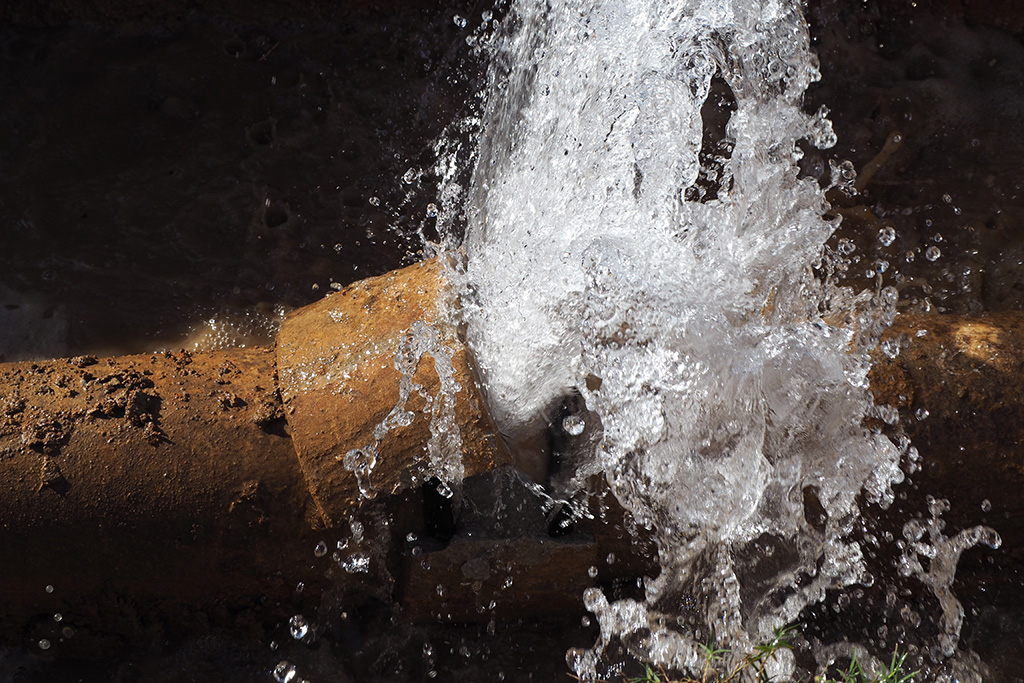

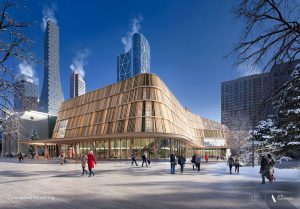


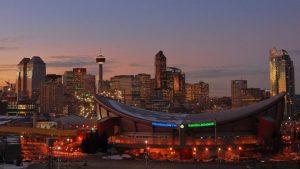
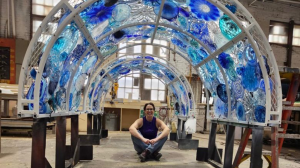
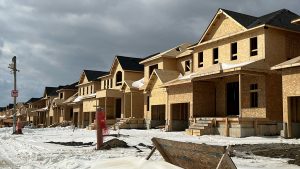
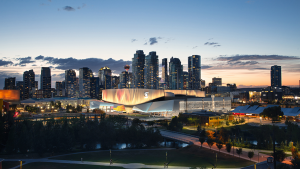
Recent Comments
comments for this post are closed